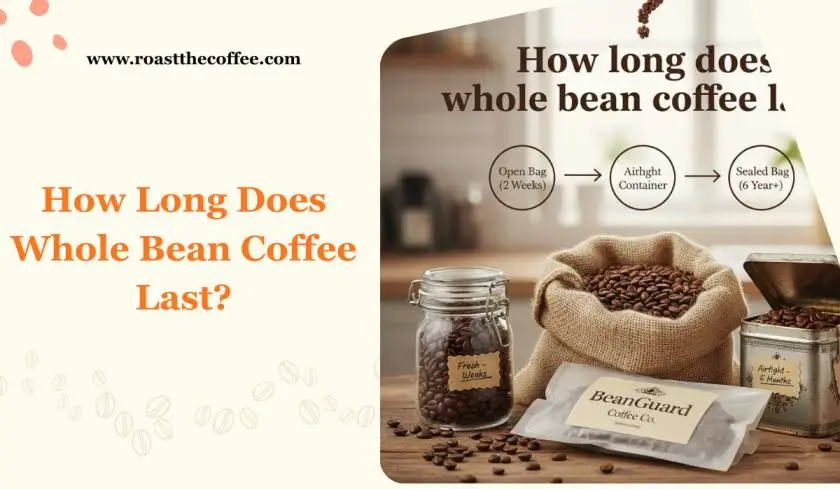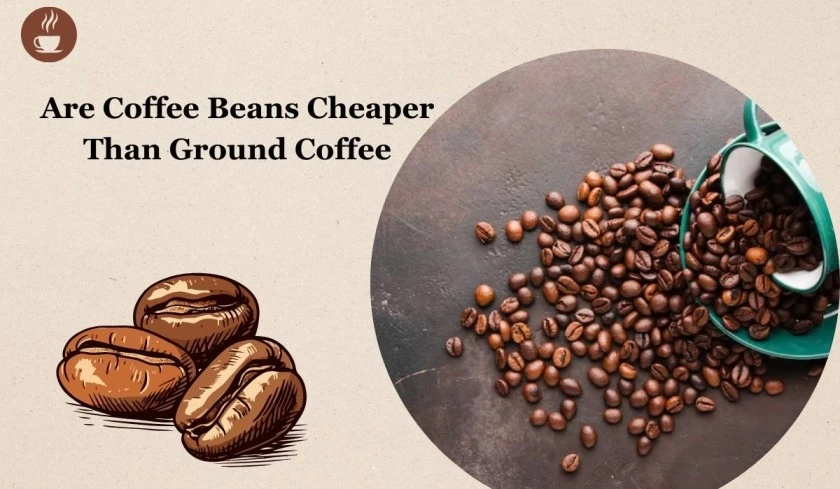
Working from Austin, TX, Jamie Isetts joined the Square Mile team in early 2021 to manage our untried sourcing. After studying economics and biology, she began her career as a trader at InterAmerican surpassing spending six years as the untried proprietrix for Merit Coffee. Her tideway interweaves disciplines like participatory diamond and data wringer into the sourcing ethos. In essence, she works as a buyer-at-large, liaising daily with Square Mile’s London team while towers programs with coffee producers virtually the world.
Here, Jamie talks well-nigh her personal journey with the coffees we’ll share as part of this year’s Mexico campaign.

Living in Texas, Mexico is literally our neighbour. As with all things tropical to home, I took it for granted: it was only in recent years that I started to educate myself well-nigh it in a meaningful way. When I began my coffee career in Houston, I fell in with a hairdo of service industry folks who were bringing a third culture funk to the supplies of their parents, many first-gen immigrants. Some were Viet, some were Chinese, and many–many–were Mexican. Like most supplies people from the aughts onward, they were obsessive well-nigh ingredients’ provenance and supplies cultivation that works with the monitoring instead of versus it but did it in a no-snobs-allowed way that is synonymous with Houston. Mix in a timely global focus on all things Oaxaca (thanks to Mexican chefs like Enrique Olvera and famous fans like Noma’s René Redzepi) and we were all suddenly wrapped by our fantasy of southern Mexico.

There was an incredible mezcalería that opened during my time in Houston tabbed The Pastry War (recently closed– thanks pandemic). The minds overdue this bar were full-on believers, traveling commonly to remote distilleries and bringing likely one of the weightier selections outside of Mexico to my unexplored city. This was my skewed vision of what stuff a untried proprietrix was like–just swap in coffee. As I was learning well-nigh coffee cultivation through my first job with a untried importer, my entry-level bartender friends were learning agave from their managers. We were sponging information, and agave varieties like Tepextate and Tobala were populating our conversations as much as coffee cultivars like caturra and bourbon.
If you’re doing it right, learning well-nigh someone else’s journey of identity makes you reflect on your own culture, your own place. The work of Mexican chefs to highlight the long-suppressed foodways of southern Oaxaca were, at best, an example of how to be part of our local landscape and make supplies traditions a living thing. Literally and figuratively, our fuel for Houston foraging jaunts (collecting loquat fruits and pecans) was elote and chapulines (toasted grasshoppers, a Mexican snack).
And so, my first origin trip to Oaxaca was as much well-nigh supplies and spirits as it was well-nigh coffee. A bar friend and I flew to Oaxaca Municipality together, and while she visited agave distillers in Miahuatlán, I took the bus into the mountains of Mixteca to stay with a coop of coffee producers. We were both struck by the way these very small-scale farmers were using low-intervention, old-school methods and the way that landscapes and people had mutually shaped each other over the centuries. It was nonflexible not to yank comparisons between the mezcaleros and coffee producers, and it shaped my sourcing philosophy permanently.

Not to be too starry-eyed: as I spent increasingly time in Oaxaca and my Spanish improved, I started to see the reality of the place. The original vision was a refracted, romanticized portrait–honestly, very similar to my initial ideas of coffee production. But as my understanding grows, southern Mexico still stands up as a place that’s intriguing for those that live the culture every day and outsiders unwrinkled (much like Texas). So as part of our 2021 Mexico campaign, we’re endeavouring to tell a increasingly nuanced story of the various people, regions, and profiles we’re working with. I hope you taste this range and leave not thinking of “Mexican coffee,” but coffees from Capitán cooperative, the farmers of Sierra Mazateca, or the nonflexible work of people like Salomon Garcia of Union San Pedro coop. We’ll culminate with a panel of several Mexican coffee professionals on what they find unique well-nigh their country’s dynamic coffee industry. In the meantime, enjoy the series of blog posts and extras we’ll feature, whether you’re drinking these coffees in Guadalajara or Glasgow.

Flor de Capitán: Speciality in the Context of Chiapas
Though most of our offerings from this year’s wayfarers come from Oaxaca, it is certainly not the only coffee-producing state in Mexico. Chiapas, which confines Guatemala, produces the most coffee of any state in Mexico. Our coffees from Ensambles’ “Flor de Capitán” project showcase some of Chiapas’ best.
A Primer on Chiapas
At their zenith, coffees from Chiapas exhibit notes of smooth caramel, orange (both fruit and zest), and high-toned sultry spices like cardamom. However, the status quo is virtually set up to discourage farmers from prioritising upper cup quality, as there has never been a market that rewards uneaten superintendency with higher prices. Many Chiapas producers have hybrid varieties that without shielding lot separation can requite herbaceous flavours. While sublet sizes are still quite small (typically 2-3 hectares of coffee) producers often unhook multiple-day lots composite together, which may lead to consistency issues in single producer lots. These are among the reasons that speciality coffee is still a fledgeling pursuit here. Indeed, most small farmers in Chiapas have never heard of cupping, an essential tool for quality wringer worldwide.

That is not to say that coffee from Chiapas doesn’t have its strong points. Like many of the farmers we profiled in Oaxaca, Chiapas farmers’ unlikely strength is their low-input method of cultivation. Most farms here are de-facto organic, plane though they may not hold a certificate. Producers grow coffee in a rich polyculture under canopy shade. This lowers the yield (and makes the coffee squint expensive compared to, say, Colombia), but comes with huge ecological benefits.
Chiapas is often a poster child for FTO coffee, with its cooperative-heavy landscape focused on large “blender” lots. Ideally, coop membership offers the promise of higher and increasingly resulting prices for a farmers’ crop. As an independent, producers must take their chances with local intermediaries who pay a very low price but in cash. Liquidity can be extremely important in areas where financing is not an option. Affiliation with a co-op may moreover not be a nomination for the most remote producers, and some opt-out due to lack of trust or preference. Yet, the benefits of cooperative membership are compelling unbearable that roughly half of all farmers in Chiapas vest to one. With the right leadership, these coops can be a powerful conduit for farmers to wangle the supply chain.
Café Capitán is such a cooperative, serving well-nigh 400 members in the Ángel Albino Corzo zone of Chiapas. Known as “Jaltenango” in reference to its largest town, this region boasts some of the highest upland farms in the state, increasing the likelihood of upper cup quality. Capitán staff know scrutinizingly all producers in the area, mainly spread in four municipalities: Ángel Albino Corzo, Capitán Luis A. Vidal, La Concordia and Montecristo de Guerrero. (Square Mile’s tailored tousle is a good cross-section of these communities). Capitán’s goal is to offer a market for all coffee qualities their members produce, from low grade to unrenowned lots. They are not focused on the speciality market, which is why their partnership with Ensambles is such an asset.
The Flor de Capitán project
As you may have gathered, Square Mile is interested in the upper end of Capitán’s quality spectrum. To provide sales, logistics, and most importantly quality control, the coop partnered with speciality exporter Ensambles, who set up a local lab for this purpose in Jaltenango.
A theme in Mexican coffee is the power of the collective. All of the supply villenage we work through in Mexico involve
a) lots of growers who unhook tiny lots (in this case, Café Capitán cooperative)
b) a quality control/logistical entity that does the incredibly tedious work of piecing together the lots to show what is possible from this low-impact, traditional farms (here, Ensambles).
The farmers are cultivating a rough diamond, and the QC/techs on the ground cut it into a faceted gem.

Capitán allows Ensambles uncontrived wangle to every farmer within the group. After meticulously sifting through the coffees of 422 members of the Capitán cooperative, Ensambles found 71 lots scoring 84 in 2021. These form the cadre of the“Flor de Capitán” (the flower of Capitán) project. The name refers to a quip from a producer in the Capitán region well-nigh the nomination farmers squatter to sell their land rather than harvest the coffee fruit: “Things should be bought from the flowers of the coffee tree, not from its roots.”
Our lots for Square Mile come from this project. Once again, we offer a joint picture ( a tailor-made tousle from 19 producers, which we’ll simply offer as “Flor de Capitán”) and a single producer lot via farmer Noelia Perez. We are proud to be a link in this chain, which owes as much to the Ensambles team and the Capitán leadership as it does to the farmers themselves.
The post An introduction to Mexico appeared first on Square Mile Coffee.














